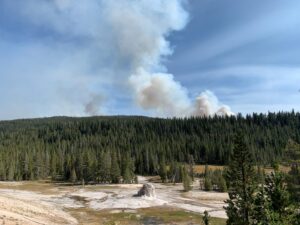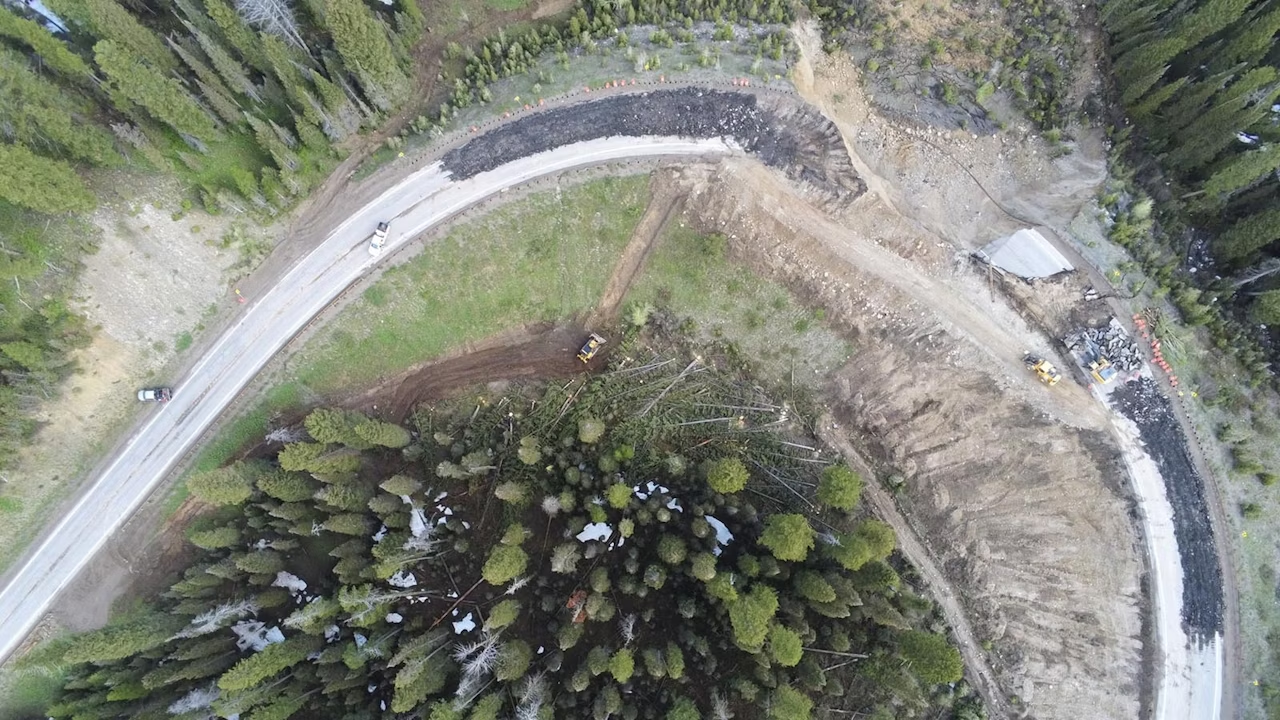High Fire Danger in Yellowstone National Park
Written by Andrew-Rossi on July 20, 2022
Record floods have given way to dry timber as Yellowstone National Park’s high fire danger is a reminder that it won’t take much for another record-breaking event of nature to devastate the region.
On Wednesday, July 20, Yellowstone officials raised the park’s fire danger to High. According to the U.S. Forest Service’s Wildfire Assessment System, “a Fire Danger Rating level takes into account current, and antecedent weather, fuel types, and both live and dead fuel moisture.”
Yellowstone’s fire danger rose from Low to Moderate in late June. Now, as summer heat continues drying out the park’s plants, a higher categorization is needed.
Just one month ago, Yellowstone was drowning in a 500-year flood event. Floodwaters were so high and so dangerous that park officials closed the entire park for a week.
Recovery efforts in Yellowstone are ongoing. Over 93% of the park’s roads are open, and a new, paved road between Mammoth Hot Springs and Gardiner, Montana, is expected to be finished by October.
According to park officials, there are no active wildfires within Yellowstone National Park. Furthermore, there are no fire restrictions for campgrounds within the park.
As always, there are several precautions for campfires in Yellowstone’s backcountry.
- Campfires are only permitted within established fire rings in campgrounds and some backcountry campsites.
- Campfires must always be attended to and cold to the touch before abandoning. Soak, stir, feel, repeat.
Yellowstone has stayed mostly unburned for several years – and park visitors must keep it that way.
2020’s Lone Star Fire smoldered near Old Faithful for several months. The lightning-strike fire burned over 4,000 acres and was contained and put out – mainly by natural forces – in October.
The Greater Yellowstone Ecosystem area is a fire-adapted ecosystem. As a result, fire plays a vital role in maintaining the health of this area’s wildlife habitat and vegetation.
However, park officials greatly prefer any fire that starts does so naturally – not due to neglectful visitors.






